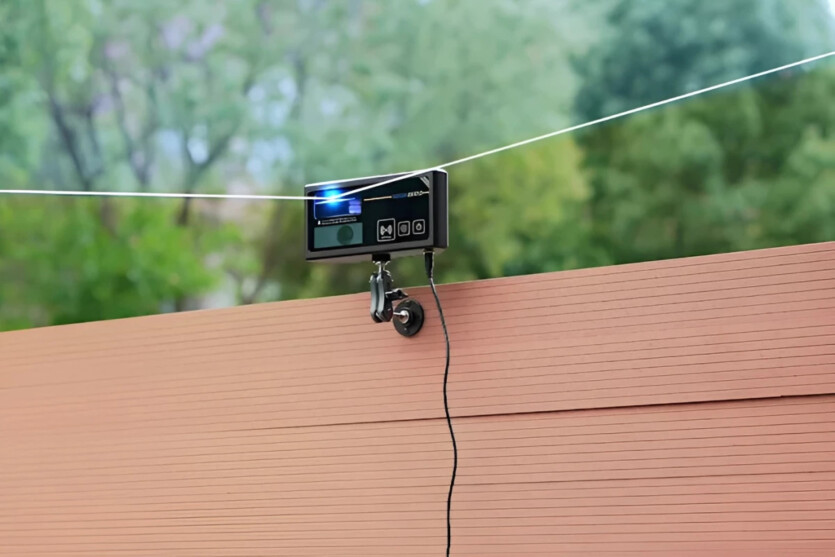
A Chinese company has created a low-power laser to kill mosquitoes that carry dangerous infections.
According to the developers, the laser weapon capable of killing up to 30 insects per second. The device is called Photon Matrix and represents the first prototype of a mosquito defense system. This system identifies and neutralizes mosquitoes using high-precision LiDAR technology.
The device is currently available on the crowdfunding platform Indiegogo. According to one of the first investors, Jim Wong from Changzhou, laser weapon is not dangerous for people and pets and is safe for use both indoors and outdoors.
Mosquitoes are responsible for millions of cases of various diseases around the world, including the spread of malaria, dengue fever, encephalitis, and others. Therefore creation of laser weapons against dangerous insects looks very promising.
According to the Indiegogo website, the basic version of the Photon Matrix is waterproof and easy to install. The device can be powered by a conventional battery or a portable charging station.
The regular version is capable of killing mosquitoes within a 3-meter radius around itself. The range of the pro version is increased to 6 meters. Both the basic and professional versions have a scanning angle of 90 degrees.
The price of the basic version is $468, and the professional version is $668. The description of the device states that it uses Light Detection and Ranging (LiDAR) module to determine the location of objects around it. The refracted LiDAR light is returned to the device, which calculates the mosquito’s location and distance to it.
According to the developers, the device can detect a mosquito and determine its direction of movement and size in just three milliseconds. Once detected, a second laser beam is directed to destroy the insect. In addition, the device scans the environment, detecting people and animals, and will not direct the beam if there is the slightest chance of hitting anyone.
Photon Matrix can detect objects moving up to 1 meter per second. Because of this, flies will not be targeted unless they are flying too slowly. The device is still under development, and the company expects to ship the first batches in October this year, although mainstream production is scheduled to begin by March 2026.
Source: Interesting Engineering

Spelling error report
The following text will be sent to our editors: